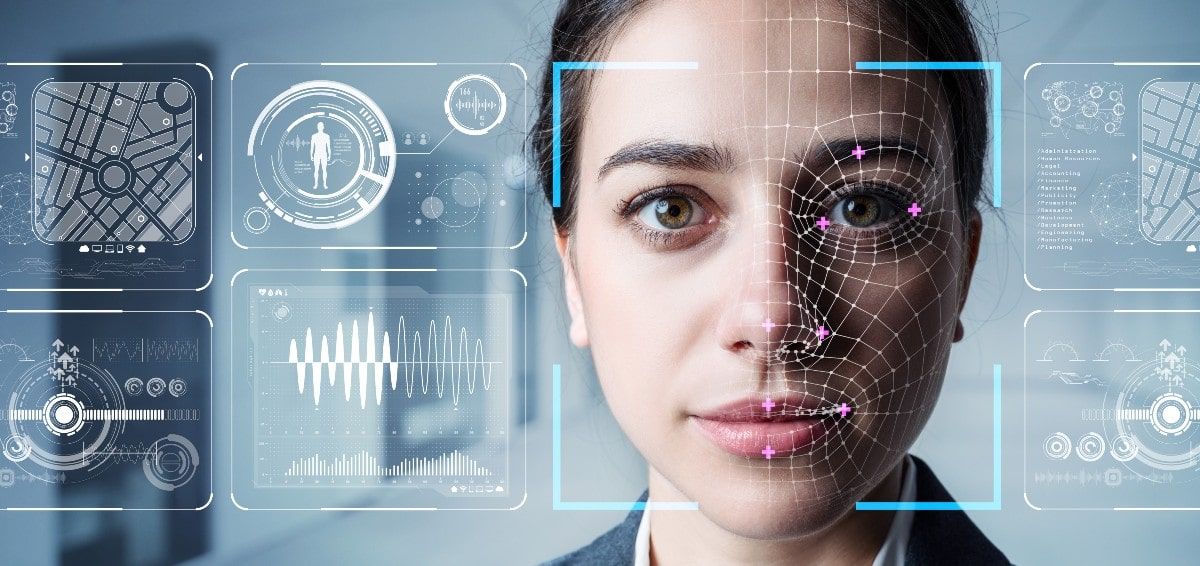Tech adoption and digital transformation have become indispensable for businesses operating in today’s digital environment. But many enterprises remain unable to control technology. They become subservient to technology, allowing technology to dictate how they run their business. Others suffer from the ill effects of technology, such as cyber-attacks, and may end up in a net loss due to technology adoption.
The way forward is through digital maturity, or the ability to integrate and leverage digital technologies. Digital maturity allows enterprises to break free from the ill effects of technology and harness it in desired ways. One of the key applications is in cyber security.
Cyber attacks affect all companies. Even small and medium businesses remain susceptible to the risks faced by big companies through supply chains. Digital maturity, more than size, determines how companies cope with cyber attacks.
For cyber security, digital maturity is how an enterprise can detect and respond to cyber threats. The higher the digital maturity, the better the enterprise can manage cyber security threats.
Digital maturity goes much beyond deploying security measures. It is rather a holistic approach involving technology, people, and process. It focuses on integrating these elements to ensure smooth and secure day-to-day functioning.
Why digital maturity?
The single biggest reason enterprises take digital maturity seriously is reputation. Reputation can make or break any business in today’s competitive market. When a data breach occurs, restoring normalcy and back-breaking fines are the least of the company’s worries. The far bigger problem is damage to reputation and loss of customer trust. The loss of trust can sink the company as customers rarely do business with a company deemed untrustworthy.
At times, aware customers force the company’s hand. When consumers demand data privacy and other safeguards, companies have no option but to advance their cyber maturity.
Cyber maturity allows operational continuity without disruption when attackers strike.
Cyber attacks can bring entire operations to a standstill. For instance, ransomware attacks can encrypt important files. Companies with low cyber maturity may not have regular backups or extra protection for sensitive data. As such, the attack can turn operations, and the company faces the prospect of paying a hefty ransom. With digital maturity, the company has backups and ring-fence around sensitive data. It can continue operations unscratched. A higher level of cyber security maturity prevents such attacks proactively.
How digital maturity strengthens cyber security
Enterprises with high digital maturity:
1. Co-opt advanced security technologies:
Cyber resilience means moving beyond detection and response to rapid recovery and continuity.
Enterprises with high digital maturity implement security technologies for threat intelligence and remediation. Artificial intelligence solutions co-opt
- Machine learning algorithms.
- Behaviour analytics.
- Incident response plans.
The specific interventions include:
- Tools to collaborate with cyber security information-sharing networks. Threat intelligence feeds offer insights into the threats and tactics used by cybercriminals. The latest tools integrate feeds from multiple sources. It automates data ingestion and processing. These tools triage and prioritise alerts based on their severity, impact, and relevance and add context. It also facilitates a collaborative approach. Security analysts work with development and operations teams to analyse threat intelligence.
- Advanced threat monitoring and detection systems. Extended Detection and Response (XDR) offers a comprehensive, contextual view of threats. It enables faster and more effective incident detection, response, and recovery.
- Zero trust architecture which considers all users and devices as untrusted until verified. This approach requires authentication and authorization for every access attempt.
- Advanced access controls, including multi-factor authentication, with or without biometric controls. A key component is password management tools. Advanced tools offer an overview of password activities, including usage, strength, and risks.
- Integrated solutions such as security access service edge (SASE). SASE integrates network security and wide-area networking into a single scalable cloud-based service. It offers centralised management and monitoring to improve visibility and control. SASE allows real-time monitoring and enforcement of security policies across the network. It leverages cloud-native services to deliver security capabilities closer to access points. Such a step does away with the latency associated with centralised solutions. Micro-segmentation limits access to authorised users and devices, limiting the attack surface.
Leveraging these tools allows enterprises to adopt a proactive approach to cyber security. In a cyber incident, enterprises can respond swiftly to minimise damage.

2. Integrate security with development
Digitally mature enterprises integrate security into the development process. Such a Secure DevOps or DevSecOps approach promotes collaboration. Security becomes a fundamental consideration throughout the software development life cycle. A “shift left” approach brings security into the development process as early as possible. Risk assessments identify and remediate potential vulnerabilities early in the development process.
The key features of DevSecOps include:
- Automation tools to enforce vulnerability scanning, code analysis, and testing. These interventions streamline and accelerate development and deployment.
- Security checks to the CI/CD pipelines to integrate testing and analysis with the workflow.
- Treating security policies, configurations, and practices as code. Codifying security measures alongside application code makes managing and enforcing security controls easier.
3. Ensure active regulatory compliance
All enterprises collect, process, and store huge amounts of data today. Enterprises with mature digital systems integrate data protection and privacy regulations into processes.
Digital maturity helps organisations achieve and maintain compliance. Digital maturity allows the enterprise to:
- Implement security controls mandated by compliance regulations.
- Monitor compliance violations.
- Auto-generate reports and file compliance reports.
For many enterprises, strict compliance requirements push them towards higher cyber maturity.
4. Ingrain security as a culture
A digitally mature organisation fosters a cyber security-aware culture. The enterprise formulates a cyber-risk awareness policy that co-opts:
- How to apply cyber security best practices on the job. This includes using strong passwords, prompt reporting of security incidents, and cyber hygiene.
- Awareness of common risks, such as phishing attempts, and how to recognize the same
- Setting up dedicated cyber security teams with clear-cut roles and responsibilities
- Conducting simulations and drills
- Establishing effective communication channels to communicate threats.
Human vulnerabilities are the number one reason for cyber attacks. A security-conscious culture helps reduce the human factor in cyber threats.
Cyber maturity models
Cyber security maturity models offer frameworks for assessing the cyber maturity level. These frameworks make the enterprise position explicit and offer action plans to guide it to the targeted maturity level.
A broad categorization follows a five-point scale of zero capabilities, ad hoc, mature, advanced, and proactive. Two popular and most recognized cyber maturity models that allow measuring enterprises in these scales are:
- Cyber security capability maturity model (C2M2). Developed by the U.S. Department of Energy, C2M2 has a set of practices structured into a series of domains. Each domain focuses on a specific area of cyber security.
- NIST cyber security framework (CSF). A voluntary framework developed by the U.S. National Institute of Standards and Technology. CSF aids enterprises to mitigate risks based on existing standards, guidelines, and practices.
These models offer starting points for identifying and improving cyber maturity.
Cyber attacks affect all companies. Even small and medium businesses remain susceptible to the risks faced by big companies through supply chains. Digital maturity, more than size, determines how companies cope with cyber attacks. The money spent on digital maturity is an investment rather than an expense. McKinsey reports businesses with higher cyber security maturity being more profitable.











